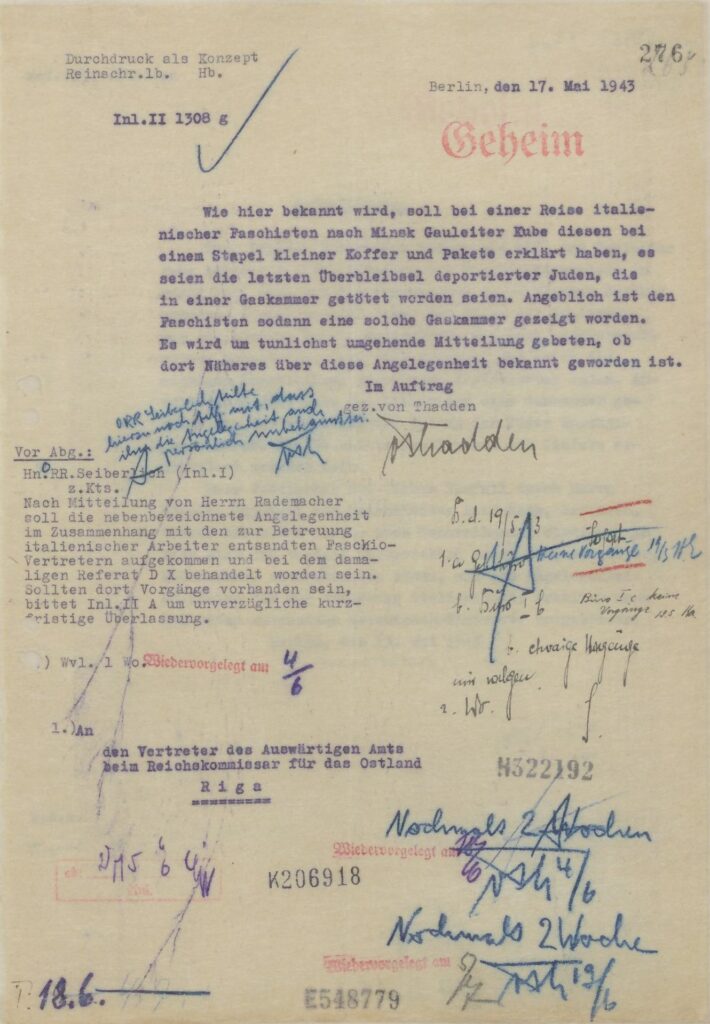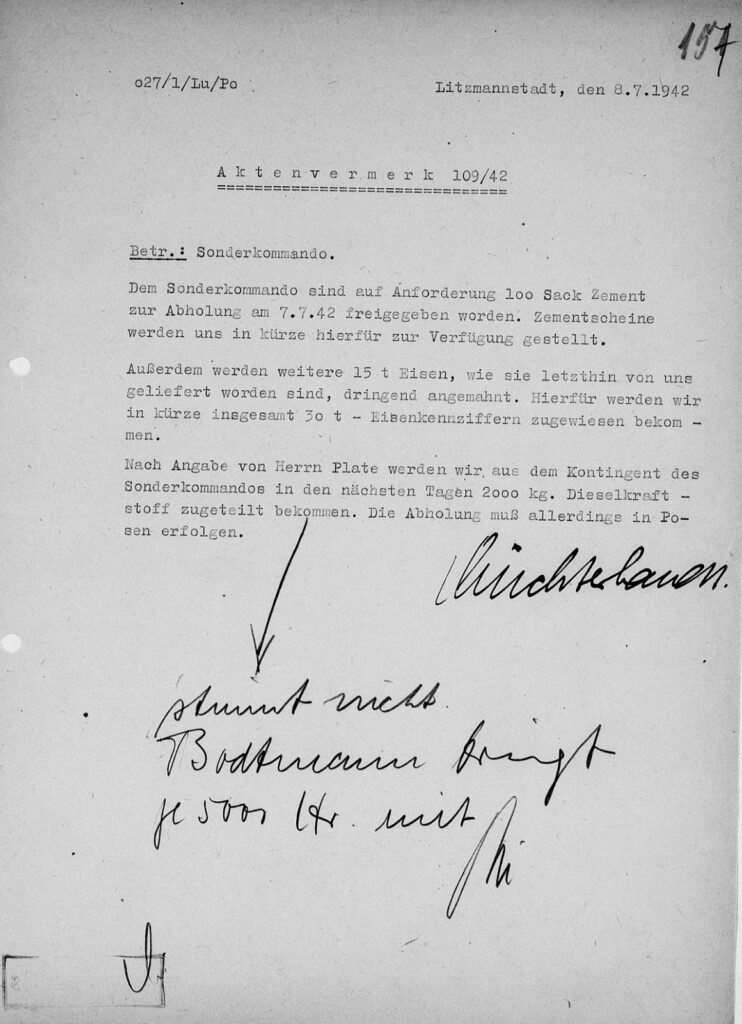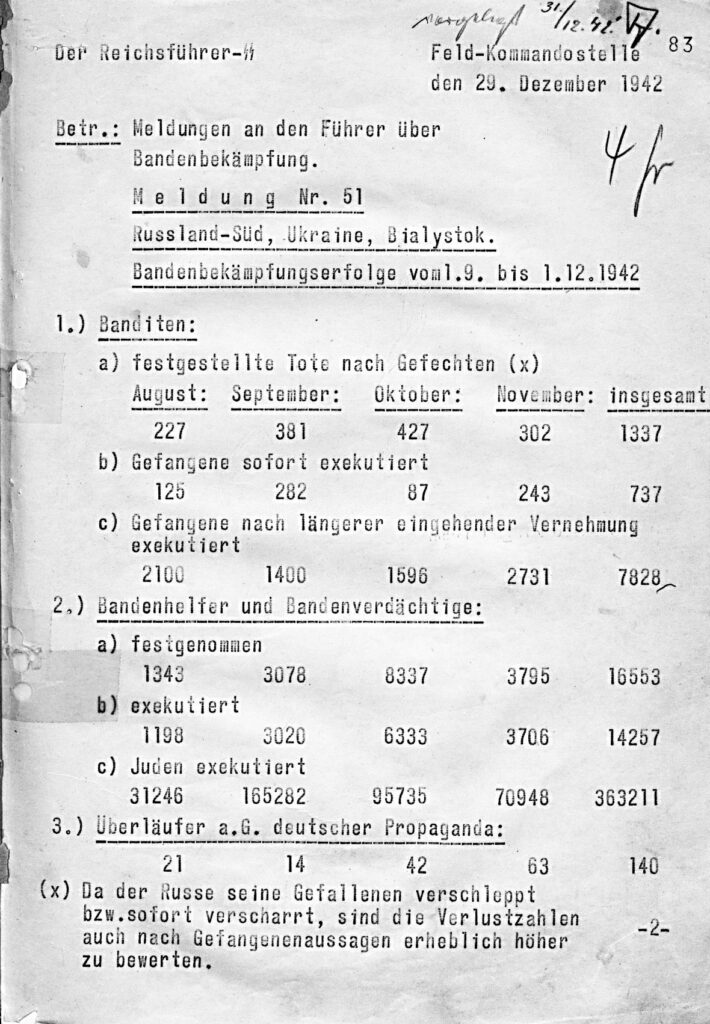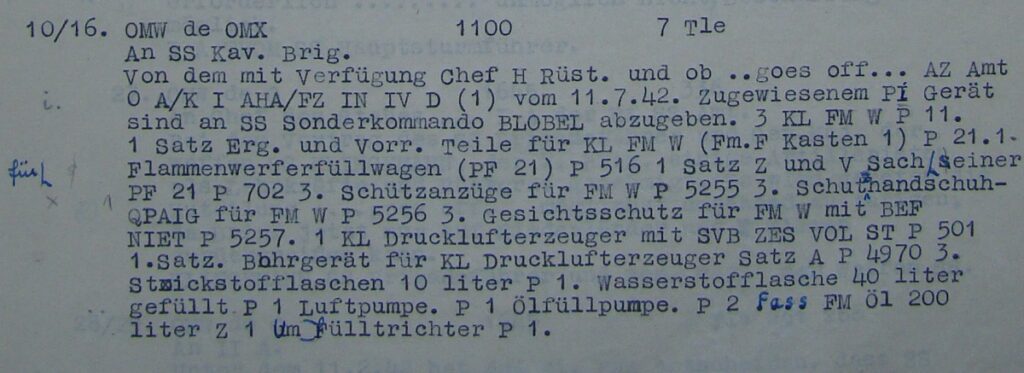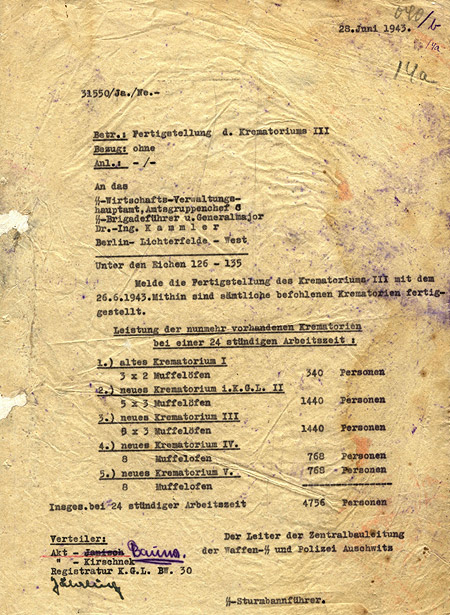1943-05-15 Opera and Gas-Chamber: Italian Fascist Delegation’s Visit to Nazi-Occupied Minsk
Between 20 and 29 September 1942, an Italian delegation led by Fascist Party secretary Aldo Vidussoni traveled from Milan through Litzmannstadt, Brest-Litowsk, Minsk, and Kharkov, reaching Millerovo near Rostov. Vidussoni’s account, recorded in Mussolini’s Secretariat documents, notes that “in Minsk, at the Opera Theater, we saw the belongings of thousands and thousands of murdered Jews piled up” and that “what struck the Italians the most was the method of killing”. In mid-May 1943, the German Foreign Office learnt about the incident from a report that Wilhelm Kube, the Generalkommissar for Belarus, had shown the Italian fascist delegation in Minsk “a gas chamber where the killing of Jews was supposedly carried out.” At the time, in September 1942, homicidal gas vans were actively operating near Minsk.
